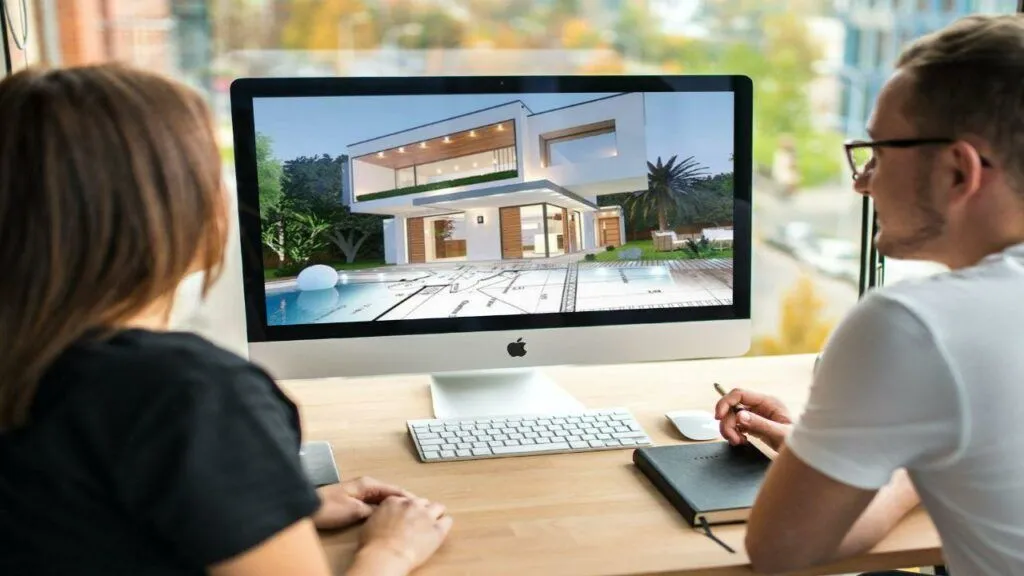Introduction:
In the world of architectural and design projects, Precio Renders have become an indispensable tool for conveying the envisioned final result. These high-quality visualizations bring concepts to life, providing clients and stakeholders with a realistic preview. In this step-by-step tutorial, we will guide you through the process of creating captivating Precio Renders for your projects.
I. Understanding Precio Renders:
Before diving into the creation process, it’s essential to grasp the concept of Precio Renders. These are advanced, photorealistic renderings that showcase intricate details, materials, and lighting. The term “Precio” emphasizes the precision and accuracy these renders aim to achieve.
II. Setting Up Your Project:
- Define Your Objectives: Clearly outline the purpose of your Precio Renders. Are you presenting to clients, marketing your design, or seeking project approval? Understanding your goals will guide your rendering decisions.
- Gather Resources: Collect all necessary files, including 3D models, textures, and lighting information. Organize these assets to streamline the rendering process.
III. Choosing the Right Software:
Selecting the appropriate rendering software is crucial. Popular choices include Blender, V-Ray, and Lumion. Ensure compatibility with your 3D modeling software, and consider factors like ease of use and available features.
IV. Model Optimization:
- Simplify Geometry: Optimize your 3D models for rendering. Remove unnecessary details that won’t significantly impact the final visualization, improving both efficiency and render times.
- Apply Materials: Assign realistic materials to your models. Precio Renders thrive on accurate representation, so pay attention to textures, reflections, and surface finishes.
V. Lighting Techniques:
- Natural Lighting: Leverage natural lighting to enhance realism. Simulate different times of the day to showcase how your design interacts with sunlight.
- Artificial Lighting: Experiment with artificial lighting sources. Highlight key areas and create a balanced ambiance within your scene.
VI. Camera Placement and Composition:
- Choose the Right Angle: Select camera angles that showcase the most important aspects of your project. Experiment with different perspectives to find the most visually appealing composition.
- Depth of Field: Utilize depth of field to focus on specific elements while creating a sense of realism. This technique mimics how the human eye perceives scenes.
VII. Rendering Settings:
- Resolution and Quality: Adjust rendering settings based on your project’s intended use. Higher resolutions are essential for large prints or detailed presentations.
- Final Gather and Global Illumination: Enable features like final gather and global illumination to enhance realism. These settings simulate how light interacts with surfaces and contribute to the overall Precio effect.
Conclusion:
Creating stunning Precio Renders involves a careful combination of artistic vision, technical skill, and attention to detail. By following this step-by-step tutorial, you can produce visualizations that captivate your audience and effectively communicate the essence of your design projects. Embrace the precision and beauty of Precio Renders to elevate your presentations to new heights.




